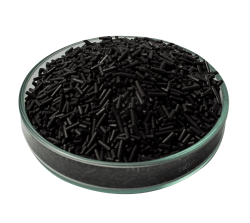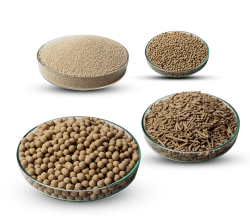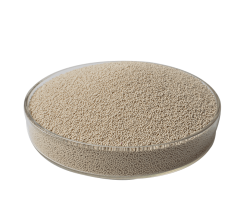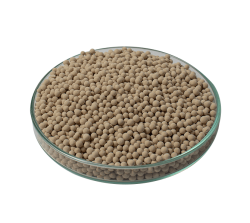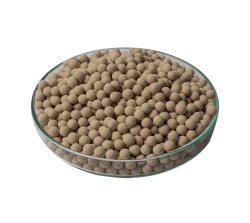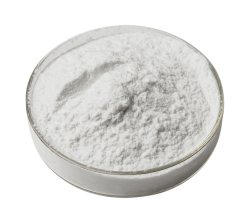- All Categories Display all categories
- Advertisement Ad Agencies, Marketing
- Travel Travel agents, Taxi Services, Flight, Bus Ticketing, Passport & Visa
- Hotels & Restaurants Hotels, Restaurants , Bars , Resorts, Dhaba
- Industry Company, Factory, Work shops, MNC
- Shopping Boutiques, Shop
- Real Estate PG ,Property - Shops, Malls , Flats, House, Rental
- Entertainment Cinema & Theaters, Amusement Parks, Clubs
- Education Schools , Colleges, Institutes, Coaching Centres , Universities, Books
- Medical Hospitals, Doctors, Chemists, Blood Bank, Medical Products
- Lifestyle Lifestyle, fashion, cosmetics, boutique, tailors, shoes
- Services Services, Home Services, Special Services
- Finance Financier, Banks, ATM, Loans, Insurance, Forex , Money Transfer
- Events Banquet Hall , Tent House , Auditorium, Caterers, DJ, Pandit
- Hardware Hardware Tools, Hardware Dealers,
- Listed Products
Carbon Molecular Sieve Manufacturer
Product Code : Carbon Molecular Sie
Brand : Molecular Sieve Desiccant
Store Number :
+91 9879203377
(Click to call)
Category: Chemicals, Dyes and Solvents
Price : 0.00
Carbon Molecular Sieve is used for Nitrogen Generation. Nitrogen Generation can be done by the PSA process. Carbon Sieve plays a very great role in this. Mainly Adsorption, as well as desorption, is the physical phenomena there into the process.
As shown in the figure, the CMS Carbon Sieve has a very huge porous structure. It will be adding more surface area to the adsorption process.
In the Air almost near about 78% Nitrogen (N2) and about 20% Oxygen (O2) is there. Now if we magnifying the CMS to view the solid surface of CMS, in that spongy structure is there. CMS has a special affinity towards the Oxygen Molecules. Thus Oxygen molecules are been adsorbed by the Carbon Molecular Sieve and Nitrogen cannot be adsorbed. If we pass the compressed air through the bed of CMS, Oxygen will be adsorbed in the spongy structure, and Nitrogen will be passed through the bed. This can be achieved by applying air with pressure. Gradually the bed of CMs will be saturated and reached to its equilibrium state. At this point, if pressure drops to an atmospheric level with the purging of pure Nitrogen gas, the bed of CMS will be coming to active mode by desorption of Oxygen. The adsorption and desorption give the continue flow of Nitrogen.

